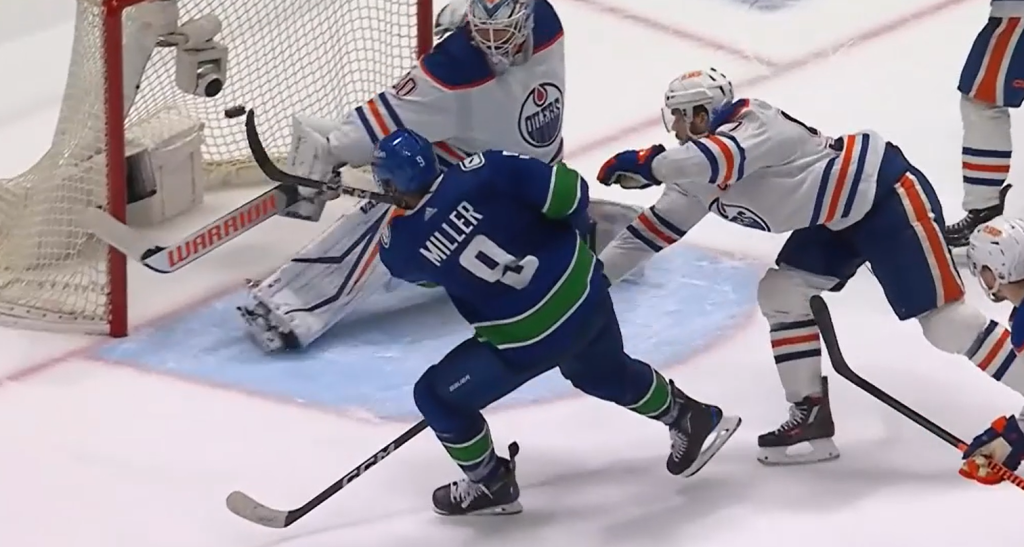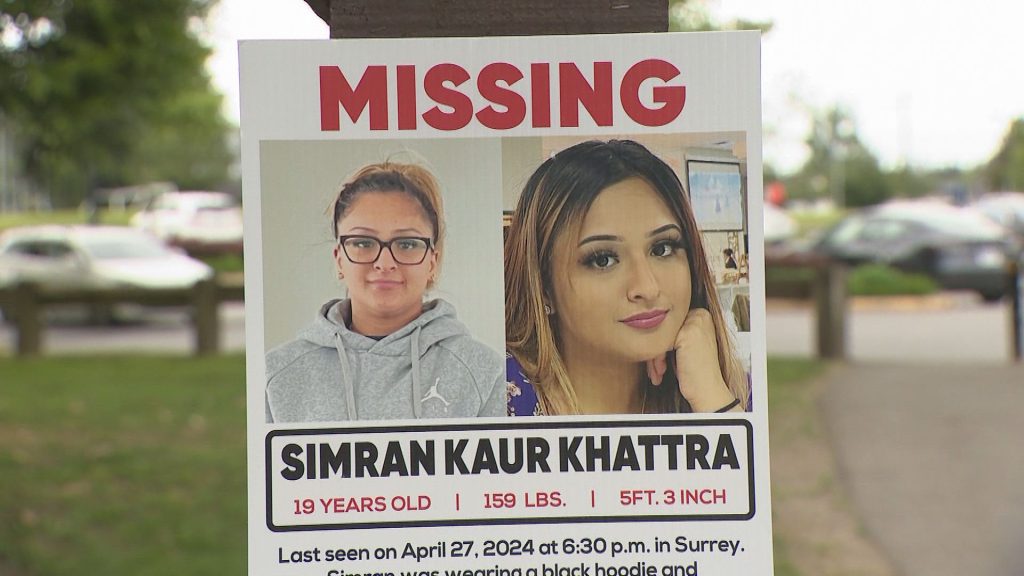Federal, B.C. health officers apparently at odds on COVID-19 cases, N95 masks
Posted January 13, 2022 7:51 pm.
Last Updated January 14, 2022 10:15 am.
With Canada’s top doctor and her counterpart in B.C. seemingly at odds about a couple of key pandemic issues, an expert with an independent COVID-19 modelling group weighs in on how people in this province can try to wade through mixed messages.
This week, Dr. Theresa Tam said cases are going up, while Dr. Bonnie Henry said they’re leveling off.
“I think both are right to different extents,” says a data expert at UBC.
RELATED: B.C. officials acknowledge record case counts don’t reflect ‘number of people who truly have COVID’
Dr. Sally Otto says while Omicron caused a rapid spike in cases, the decline is expected to be similarly swift. What that means, she explains, is that the peak period for infections is expected to be relatively short.
“The models do predict that we should reach a peak in cases and it should plummet on the other side. So, as fast as Omicron went up, it will come down in just a matter of two or three weeks,” she says.
“I think if you step back, the mixed messages we’re getting about whether we’re over the peak or about to hit the peak — those are actually really close estimates. We’re nearing the peak, is for sure a strong estimate. There’s a lot of consensus about that.”
However, Otto emphasizes that constraints on testing capacity mean the number of new infections recorded and reported daily no longer paint an accurate picture of the pandemic.
“Case numbers right now are plateauing in Canada, in Ontario and in B.C., but that is irrelevant, because we know we’re at testing capacity limits. So, we can’t just look at raw case numbers and really know anything.”
Otto points to wastewater data as a potential indicator that cases are or soon could be coming down. Samples of untreated wastewater are collected three times a week in Metro Vancouver, and tested for the presence of the COVID-19 virus. Results from Jan. 5 through Jan. 10 were recently posted.
“It jumped up 10 to 20 fold from the numbers that we saw before Christmas, consistent with its Omicron spike. But then interestingly, it seems to peter out over the last few days,” Otto says. But she cautions that these levels tend to “wobble” so more data is needed to establish a pattern.
Data on whether or not hospitalizations are increasing or decreasing, Otto notes, is much more clear-cut.
“Does it mean we’re at the peak for hospitalization? Nowhere near. And we’re seeing skyrocketing numbers of hospitalizations. If we look towards Quebec in Ontario, they’re about a week further along and they’re seeing incredible numbers of hospitalizations. We haven’t even really started the surge that we expecting for hospitalizations.”
Understanding how prevalent the virus is in both the province and in communities is something Otto says has repercussions for people’s day-to-day lives.
“Why does that matter to the average person walking around? We make decisions based on those numbers,” she says, adding her estimate is that 5 per cent of people are actively infected.
Tam, Henry offer different mask guidance
One decision that can be shaped by data is deciding which kind of mask to wear. It’s another issue where the advice offered by Tam and Henry diverges.
While Henry has said an N95 mask only provides an incremental benefit over other types. Tam has been advocating their use for weeks.
Otto says this difference in opinion is confusing, as data shows better masks do give better protection.
“The estimates are finding that the amount of time that you need to get infected is something like 25 hours with an N95 mask, whereas it’s, you know only like two and a half hours for one of these surgical masks,” she says.
If you’re like me there is so much to do in a day that you haven’t updated your profile pic in some time, but in real life you’ve upped your mask game and practice #COVIDWise 24/7 because #omicron
— Dr. Theresa Tam (@CPHO_Canada) January 10, 2022
Still, even if the benefit was only incremental — Otto says the sheer transmissibility of the variant now circulating means an N95 is the better choice.
“Omicron is very contagious. We know a lot of people have it,” she says. “That increases everybody’s risk so much more, so a better mask — one that works better at filtering Omicron — is needed just simply because of that high case count. ”
She says the mixed messaging could also stem from concerns over equity and availability, with not everyone able to access the higher quality, higher cost masks that are in such high demand.










